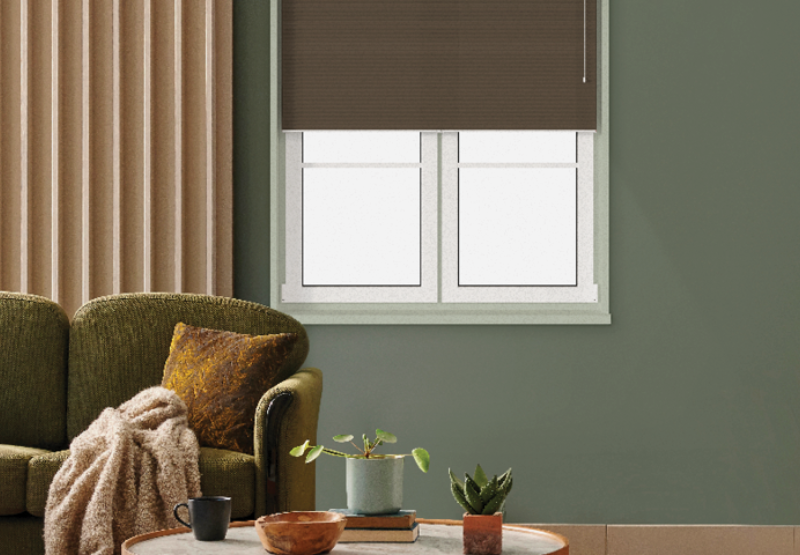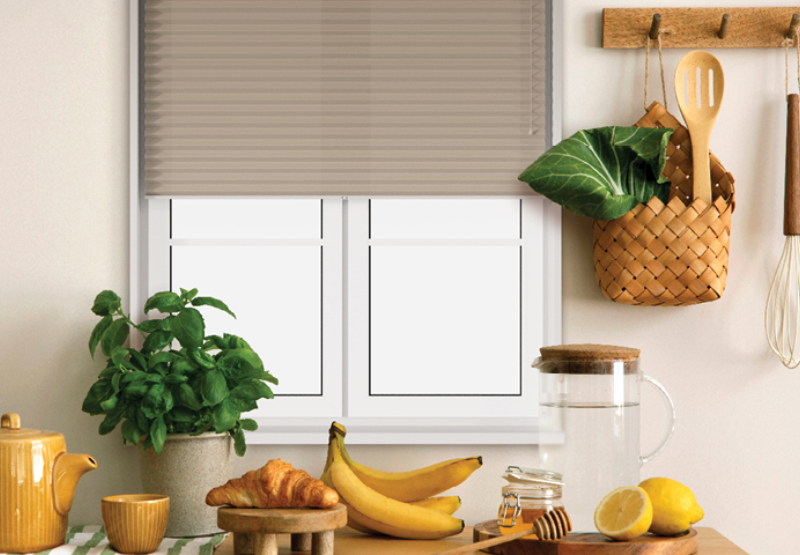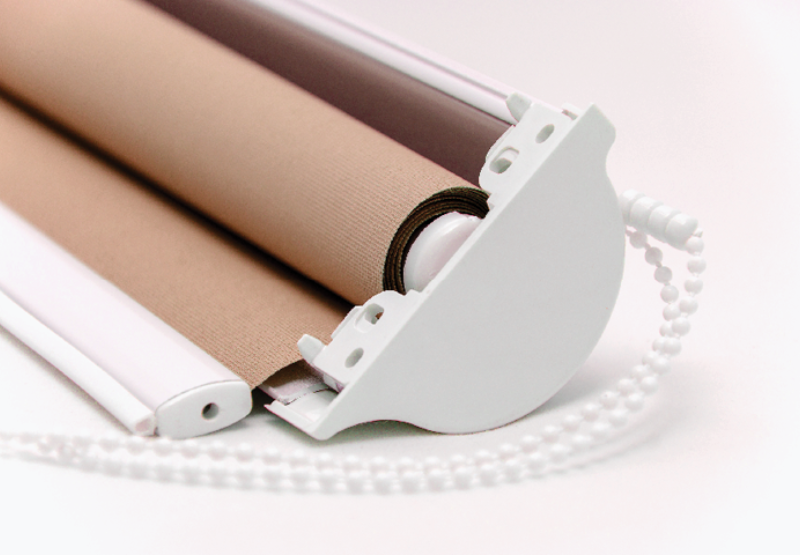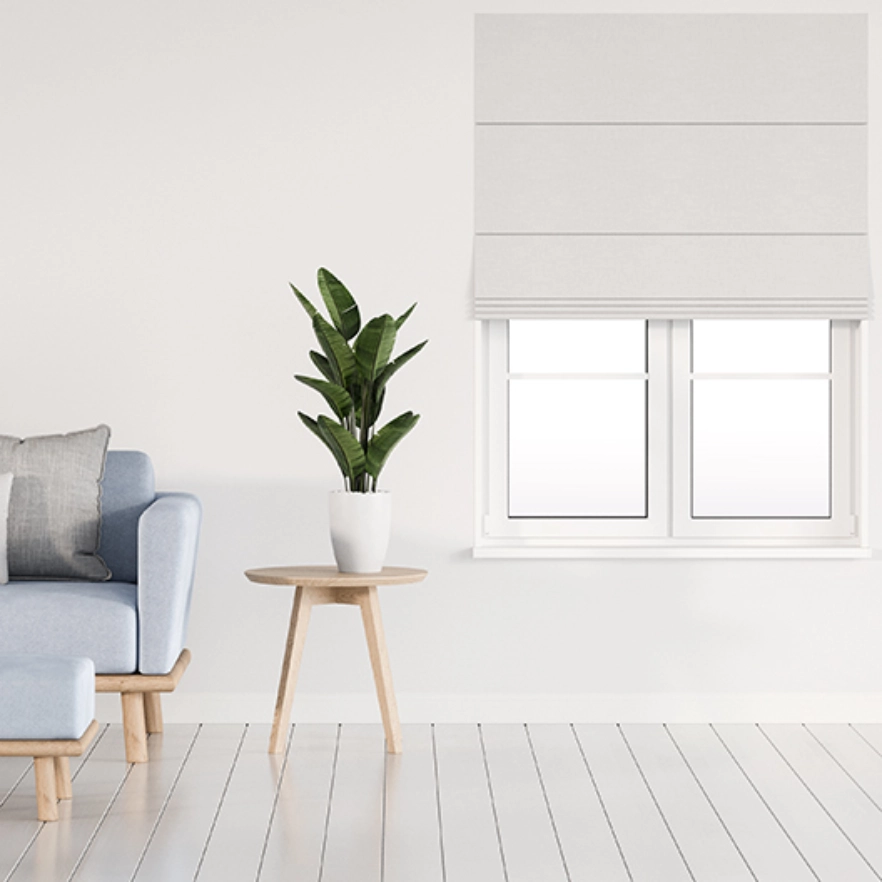The best blinds to add insulation
When it comes to adding insulation to windows, the first thing most people think of is double-glazing. Double-glazing is a great option to improve the insulation of your windows, however, it’s not a complete solution on its own – not to mention the expense of replacing all your windows!
Whether you have double-glazed windows or not, the right blinds can add insulation and make your home more comfortable year-round.
Read on to find out which type of blinds are best for adding insulation.

Roman blinds
Roman blinds are also an excellent choice, especially when they have a thermal lining added. Due to their design, they cover the full window without any gaps around the edges, leaving little room for heat to escape. You can choose from a range of fabrics to suit your style, however, to get the best energy efficiency possible, you’ll need to add a thermal lining to your fabric. The good news is a thermal lining won’t change the look of your roman blinds, it simply attaches to the back of the fabric to add insulation.
Keep in mind, roman blinds need to fit snugly against the wall to keep cold air from leaking through.

Honeycomb blinds
Honeycomb blinds are a stylish and practical option with excellent insulating properties. They work similarly to double-glazing with pockets of air that create a barrier to the outside. They are the most energy efficient option and come in a range of options including, light filter, sheer, and blockout depending on what level of light blocking you require.

Roller blinds
Roller blinds are a popular option for their affordability, however, if you want better insulation, you’ll need to choose carefully. Your best option is a specific thermal roller blind with a thermal backing already applied.
With roller blinds you’ll also have a choice of either a back roll or front roll, referring to the direction the blind comes off the roll. A back roll is a better choice if you’re aiming for increased insulation as it means the blind will be closer to the window, creating a better barrier against cold air.

Venetian and vertical blinds
Unfortunately, venetian and vertical blinds are not very energy efficient options as the gaps between the slates allow warm air to escape. However, that doesn’t mean they can’t still be a good option in some areas of your home. How much insulation a window requires isn’t as important in some areas, like the bathroom, kitchen, or laundry, so they may still be appropriate in those areas.
TIP: Measure carefully! A close fit is the best way to maximise the efficiency of your blinds.

